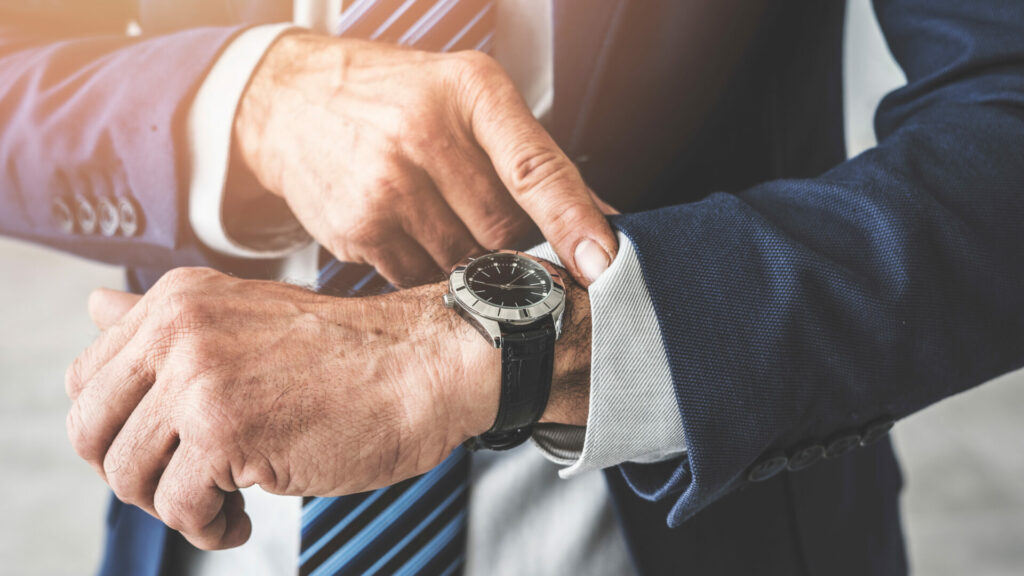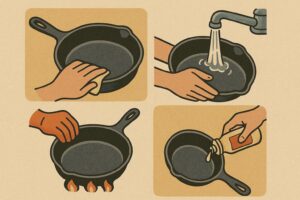
Have you ever found yourself wondering how we actually know what time it is and who came up with the concept of timekeeping? As it turns out, timekeeping has been an essential aspect of human history, evolving over time to meet our ever-changing needs.
Since the beginning, people have needed ways to measure time. Be it coordinating work, planting and harvesting crops, or navigating the vast oceans, the ability to keep track of time has always been critical. Throughout history, various civilizations and cultures have developed their own timekeeping systems, each one building upon the last.
In the early days, timekeeping was based on natural phenomena. Folks relied on the sun’s movement across the sky, the phases of the moon, and the changing seasons to help them keep track. Sundials, for instance, were some of the first timekeeping devices. They used a shadow cast from a raised object, called a gnomon, onto a flat surface to indicate the time.
As time went on, more advanced devices like water clocks and candle clocks were developed in ancient civilizations like Egypt, Mesopotamia, and China. These devices were certainly improvements, but they still weren’t as precise as the systems that would come later.
Fast forward to Europe in the late 13th and early 14th centuries, and mechanical clocks began to appear. These clocks used an escapement mechanism and a series of gears to regulate the movement of timekeeping components, such as pendulums and balance wheels. This allowed for much more accurate timekeeping than earlier methods.
Nowadays, the most accurate timekeeping devices we have are atomic clocks. These incredible devices measure time by tracking the vibrations of atoms, usually cesium or hydrogen. They’re incredibly precise and are used to define the international standard for time, known as Coordinated Universal Time (UTC).
UTC is maintained by a global network of atomic clocks, all synchronized to keep time consistent around the world. Organizations like the International Bureau of Weights and Measures (BIPM) and the International Telecommunication Union (ITU) oversee this standard. UTC is adjusted with leap seconds to account for any irregularities in the Earth’s rotation.
So, there you have it—a brief overview of how timekeeping has evolved from simple observations of natural phenomena to the highly precise atomic clocks that define the international standard for time. It’s a fascinating journey, showing just how important the need to coordinate human activities, agriculture, and navigation has been in shaping the course of history.








